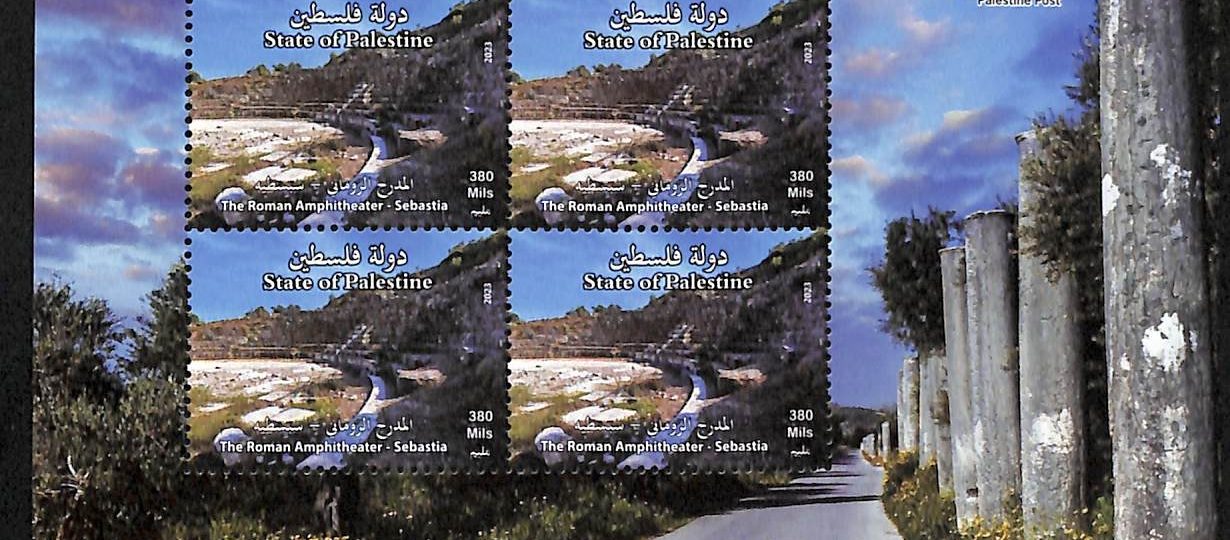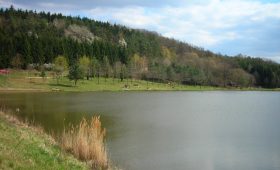Exploring Sebastia: A Journey Through Time in the State of Palestine
Sebastia, located in the State of Palestine, is a destination rich in history and culture. Known in ancient times as Shomron, it was the capital of the northern Kingdom of Israel. The city was later renamed Sebastia by Herod the Great in honor of the Roman emperor Augustus. This small village offers a glimpse into a past shaped by various civilizations, including the Romans, Byzantines, and Ottomans.
Historical and Cultural Highlights of Sebastia
Sebastia’s archaeological significance is profound. The site includes remnants from the Early Bronze Age, the Israelite Iron Age, and the Hellenistic, Roman, and Byzantine periods. Among the notable ruins are the Roman theater and the remains of Herod’s Palace. These structures offer a tangible connection to the past, allowing visitors to walk through history.
While Sebastia is not a UNESCO World Heritage Site, it is home to significant archaeological finds, such as the Samaria Ostraca and carved ivory pieces. These artifacts provide insight into the city’s historical importance and its role as a cultural crossroads.
When to Visit Sebastia
The best times to visit Sebastia are during the spring (March to May) and autumn (September to November). During these months, the weather is mild, making it ideal for exploring the archaeological sites and enjoying the natural beauty of the surrounding countryside. The vibrant colors of blooming flowers and changing foliage add to the experience.
Getting to Sebastia
Traveling to Sebastia requires some planning. The nearest major airport is Ben Gurion Airport in Tel Aviv. From there, you can rent a car or take a taxi for the approximately two-hour drive to Sebastia. Alternatively, you can take a bus from Jerusalem to Nablus, the closest city to Sebastia, and then hire a local taxi to reach your destination. The journey offers scenic views, but be prepared for potential travel delays.
Exploring Sebastia
Once in Sebastia, the best way to explore is on foot. The narrow streets and ancient alleyways are best navigated by walking, allowing you to fully immerse yourself in the local atmosphere. While horse-drawn carriages are not a common mode of transportation here, walking provides a more intimate experience with the town’s historical sites.
As you wander, you’ll find several cafes and restaurants offering traditional Palestinian cuisine. Be sure to try dishes like maqluba, mansaf, and knafeh. These local specialties are a delicious way to experience the region’s culinary heritage.
Key Features of Sebastia
- Historical significance dating back to the Canaanite era.
- Notable archaeological sites, including a Roman theater and Herod’s Palace.
- Artifacts such as the Samaria Ostraca and carved ivory pieces.
- Ideal visiting times are in spring and autumn for mild weather.
- Approximately a two-hour drive from Ben Gurion Airport in Tel Aviv.
- Walking is the best way to explore the town.
- Local eateries offer a taste of traditional Palestinian dishes.
Sebastia is a destination that offers a rich tapestry of history and culture. While it may not have the amenities of larger tourist spots, its unique blend of archaeological treasures and local charm make it a worthwhile visit for those interested in history and culture.




